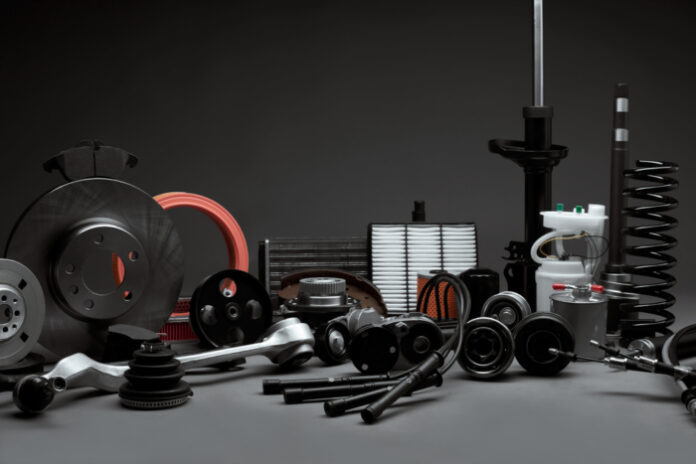Regarding car parts, there are two main categories to choose from: performance and OEM (original equipment manufacturer) parts. Each type has unique advantages and disadvantages, making it challenging to decide which type is right for you. In this blog post, mbenzgram in California will explore the differences between performance and OEM car parts so that you can make an informed decision when it comes time to purchase new car parts.
Performance Auto Parts
Experts at mbenzgram say performance auto parts are designed specifically to improve your vehicle’s performance. They are usually made with higher quality materials than OEM parts and are designed to provide better performance than stock components. Performance auto parts may include exhaust systems, turbochargers, air intakes, and suspension components.
These parts often require more maintenance than stock components because they tend to be more complex and require regular tuning to perform at their best. The upside of buying performance parts is that they will typically offer a noticeable improvement in how your car performs compared to stock components.
OEM Auto Parts
OEM auto parts refer to original equipment manufacturer (OEM) auto parts used to manufacture a vehicle before it was sold. These claims are made by the same manufacturers who originally built the car, so they tend to be much higher quality than aftermarket or generic alternatives.
OEM auto parts also tend to be more reliable than aftermarket options since they were manufactured specifically for a particular vehicle model — making them less likely to cause problems down the road. However, one downside of buying OEM auto parts is that they can be expensive due to their high-quality constructions and name recognition.
Is One Better Than the Other?
Mbenzgram says the answer depends on what repairs you need for your vehicle and what goals you want to accomplish with it. If you wish to improve the performance of your engine, then opting for performance car parts may be a better choice than purchasing OEM ones; however, they come with additional risks, as mentioned earlier, since they require some technical knowledge to install them properly. On the other hand, if all you need is a simple replacement part, such as an oil filter, then purchasing an OEM part would be ideal since there is no risk involved in installing it yourself or having it installed by a certified mechanic at an auto repair shop.
The Disadvantage of Using Performance and OEM Parts Together
While both types of car parts offer their advantages, one potential downside to mixing them is compatibility issues between different brands and models can cause problems down the line if you aren’t careful with what components you choose to install on your vehicle. It’s important to remember that not all performance and OEM parts will work well with each other. Hence, it’s essential to do research before making any final decisions on which ones to buy to avoid any potential problems later on down the line.
When to Use Performance Vs. OEM Parts?
There is no “one size fits all” answer when deciding whether to use performance or OEM parts on your vehicle. Ultimately, it comes down to personal preference and budget. Suppose you’re looking for more power or better handling. In that case, performance parts may be a good option for you, but remember that these can be expensive and require additional modification work to install correctly. On the other hand, if you’re looking for reliable replacement parts, OEM is likely your best bet since these will provide a perfect fit without worrying about modifications or warranties.
Things to Consider
Before deciding which type of car parts to buy, it’s essential to consider the following factors.
First, mbenzgram says to consider your budget. Performance parts tend to be significantly more expensive than OEM components and can add up quickly if multiple elements are being replaced.
Second, your technical knowledge. If you don’t have the necessary skills to install performance parts, it may be better to opt for OEM components since these can usually be installed easily.
Finally, your goals for the car. Performance parts are significant for those looking to get more power and performance out of their vehicle, but if all you need is a reliable replacement part, then OEM is likely your best bet.
No matter what type of car parts you choose, do your research ahead of time and always read reviews from other customers to ensure you’re getting a quality product. Doing so will help you avoid potential compatibility issues or costly repairs.
Conclusion
Whether you choose performance or OEM auto parts will come down mainly to personal preference and cost considerations. Performance auto parts offer improved performance but require regular maintenance and tuning. At the same time, OEM auto parts tend to be more reliable but can also be much more expensive than aftermarket options. Ultimately, only you can decide which type of part is best for your needs — but hopefully, this post has provided some insight into what makes each style unique so you can make an informed decision when it comes time for you to shop around for car parts.
Find a Home-Based Business to Start-Up >>> Hundreds of Business Listings.

















































